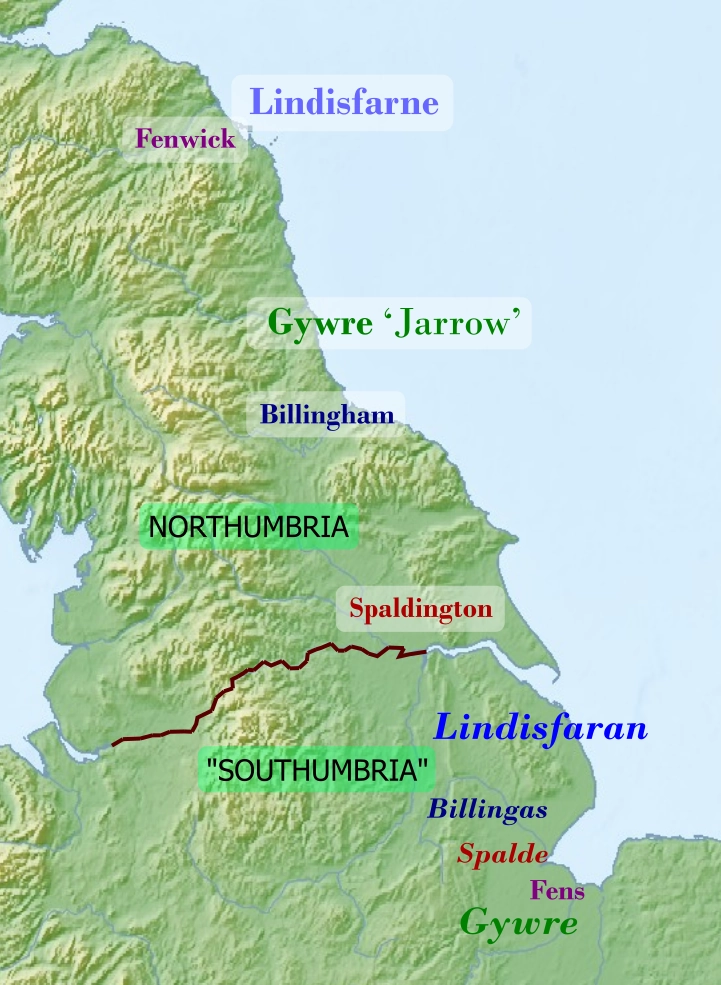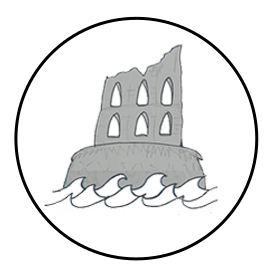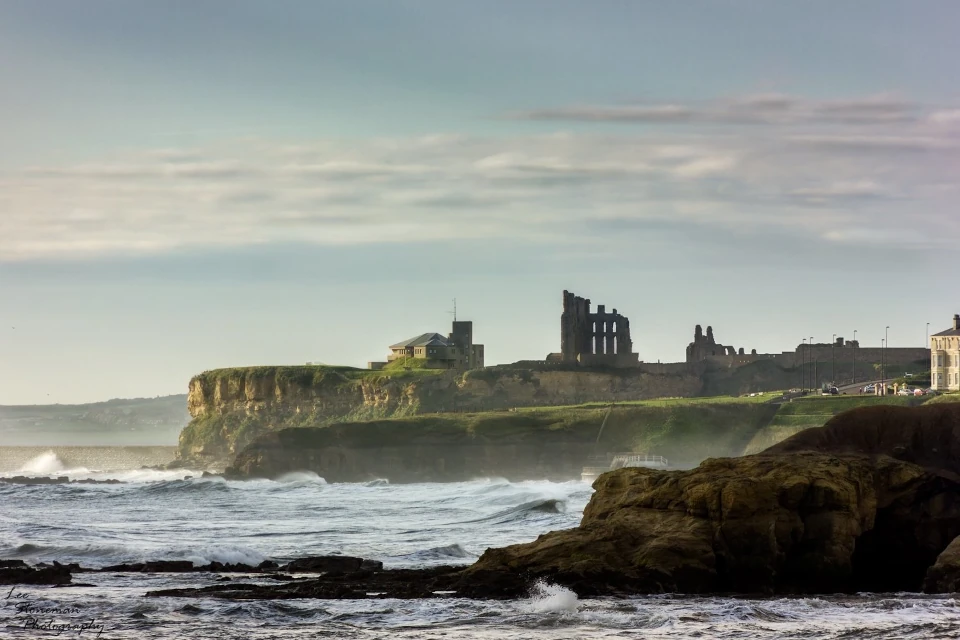Northumbria — Land of Kings & Saints
Part 2 — Angles & Christians
5. Lindsey Migration

The name of Holy Iland in Celtic times was Medicaut — Healing Island, but the name changed with Anglian migration and conquest. It became the island of the Lindsey folk, ‘Lindisfarne’. The polity of Lindes is Lincoln today. In the 6th century Lincoln still had a strong legacy as a key eastern colonia of Roman Britain, and its surrounding region, Lindsey — today Lincolnshire, was also an important and populous region.
Ida and his grandson Aethelfrith constituted the core of this originally ‘Southhumbrian’ royalty who migrated here by sea. Lindisfarne and Bamburgh, along with Yeavering a little further inland near Wooler, represented the foothold for them in Bryneich or what became called Bernicia, from where they could expand their kingdom outwards into the territory of the Britons who were the descendants of the Votadini: the Gododdin.
It was Aethelfrith’s son, Oswald, born 50 years after his great-grandfather, Ida, took the throne, who provides the archetypal template for a Northumbrian King in achieving this. Bede tells us that Oswald became imperium, or ‘overlord’, of Britain after defeating the Welsh King Cadwallon at the Battle of Heavenfield in 633. Because of this victory Oswald represents the pinnacle of the power of the kingdom of Northumbria and it was Oswald who finally ended the kingdom of the Gododdin, who by this time had been confined to rule from Edinburgh over the Lothian region.
6. Aidan

Oswald spent 30 years exiled in Ireland before returning to claim his throne in Northumbria. As a child in exile he had been baptised a Christian at the court of the Dal Riada, a British kingdom covering western Scotland and Ireland. As a result of that, it was Oswald who did more than anyone to spread Christianity in Northumbria.
Oswald brought from Ireland, the missionary Aidan, and made him his bishop. He gave Aidan the island of Lindisfarne to form a monastery on the southern piece of headland called the Heugh. And it was even Oswald, so dedicated was he, that acted as Aidan’s translator when preaching to the undoubtedly bemused Northumbrians on his constant evangelising tours through the kingdom.
It was in 635 that the monastery was founded. It was built slightly away from the 13th century monastery that is iconic to the island today, which was in fact built to serve the vast number of pilgrims arriving at that time.
Aidan came to Lindisfarne via Iona, a remote Scottish island that is home to the first monastery outside of Ireland, founded by Columba in 563, 72 years earlier. Like Oswald, he was undoubtedly a man of great capabilities and he did more than anyone in Britain to fundamentally and forever reconstruct the spiritual fabric of the land.
7. Oswin
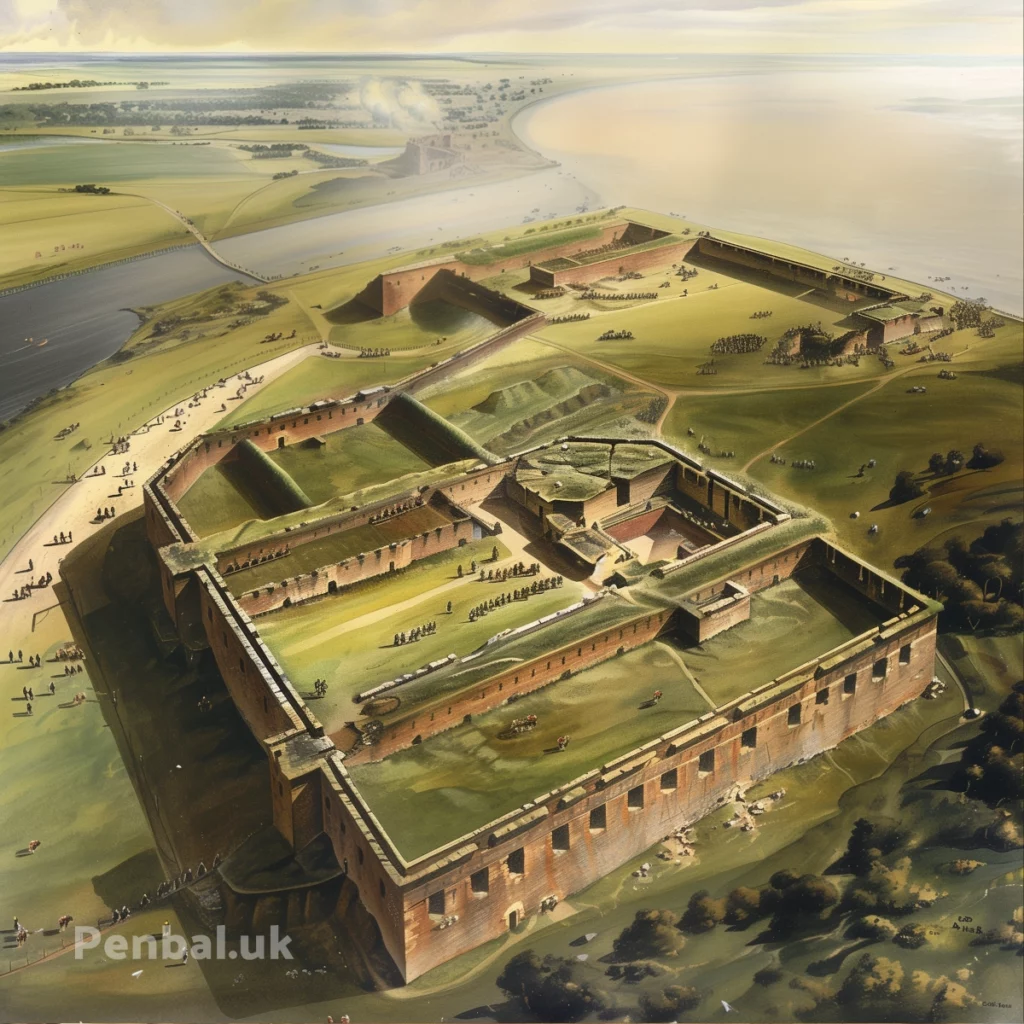
At Tynemouth, inside the Priory, you have the site of the earliest shrine to St Oswin, a cousin of Oswald, who gained the throne of the sub-kingdom of Deira to the south of the Tyne, essentially the counties of Durham and North Yorkshire, after Oswald’s death in 642. But Oswin didn’t hold power in Deira for long. He was betrayed and slain at the behest of Oswald’s brother, Oswy, who then ruled the whole kingdom of Northumbria.
Oswin was a deeply religious man and close friends with Aidan of Lindisfarne. Nevertheless he was a feeble king and when Aidan died in 651, he was left without allies.
Oswin, was born in the former Roman fort at South Shields right across the water from Tynemouth, and that whole area known as the Lawe was actually an island until late-medieval times. By the 7th century the fort had become an Anglian palace complex called the Burgh, or ‘town’. But a fascinating Roman relic remains there today. At South Shields fort was found the only Christian altar in Roman Britain. This may have belonged to a Mesopotamian unit stationed there, but it also may have been where Oswin was baptised, making it a very holy relic indeed.
An interesting thing is that South Shields is as close to Jarrow, you can just about see about 3 miles along the river, as Bamburgh is to Lindisfarne. Maybe this was intentional. Maybe these early Anglian kings felt that the spiritual centre should be within sight of the political and temporal power centre and within easy reach by water.
At that time, Jarrow was in plain view from South Shields Lawe. And in-between them, close by the seat of royalty at the Burgh, you have a third point and earlier religious centre of St Hilda’s Monastery, which lies under the site of St Hilda’s Church today.
Again, this was about keeping religion close to power. And again, this is what we see with the monastic refuge on the Inner Farne island, just off the coast of Bamburgh. So you have one religious cell for separation and contemplation (essentially Benedictine) as in St Hilda’s and Inner Farne. Then on the other hand, a little further away, there’s a religious centre for learning and engagement with the world (essentially mendicant orders) as in Lindisfarne and Jarrow.
This gives us a triangulation and holy trinity which is very interesting to think about and it seems to be a deliberate parallel, pattern and a constitutional arrangement, one in Deira, one in Bernicia.
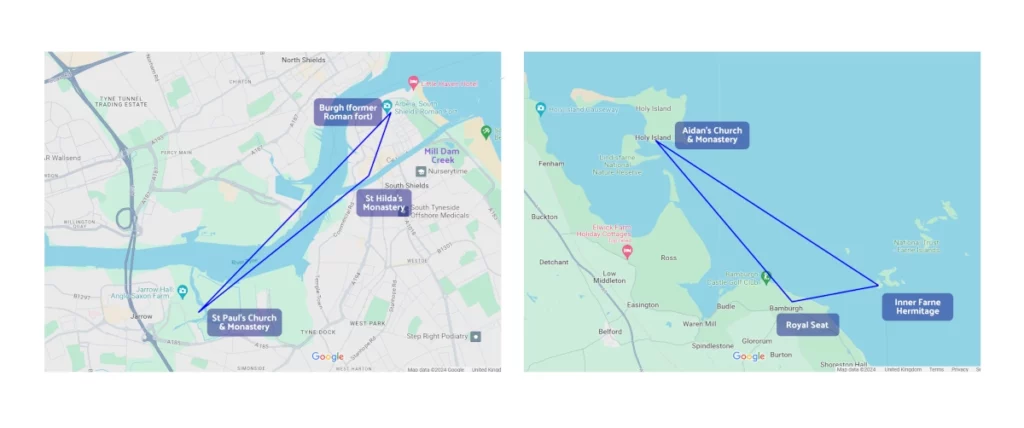
8. Benedict Biscop
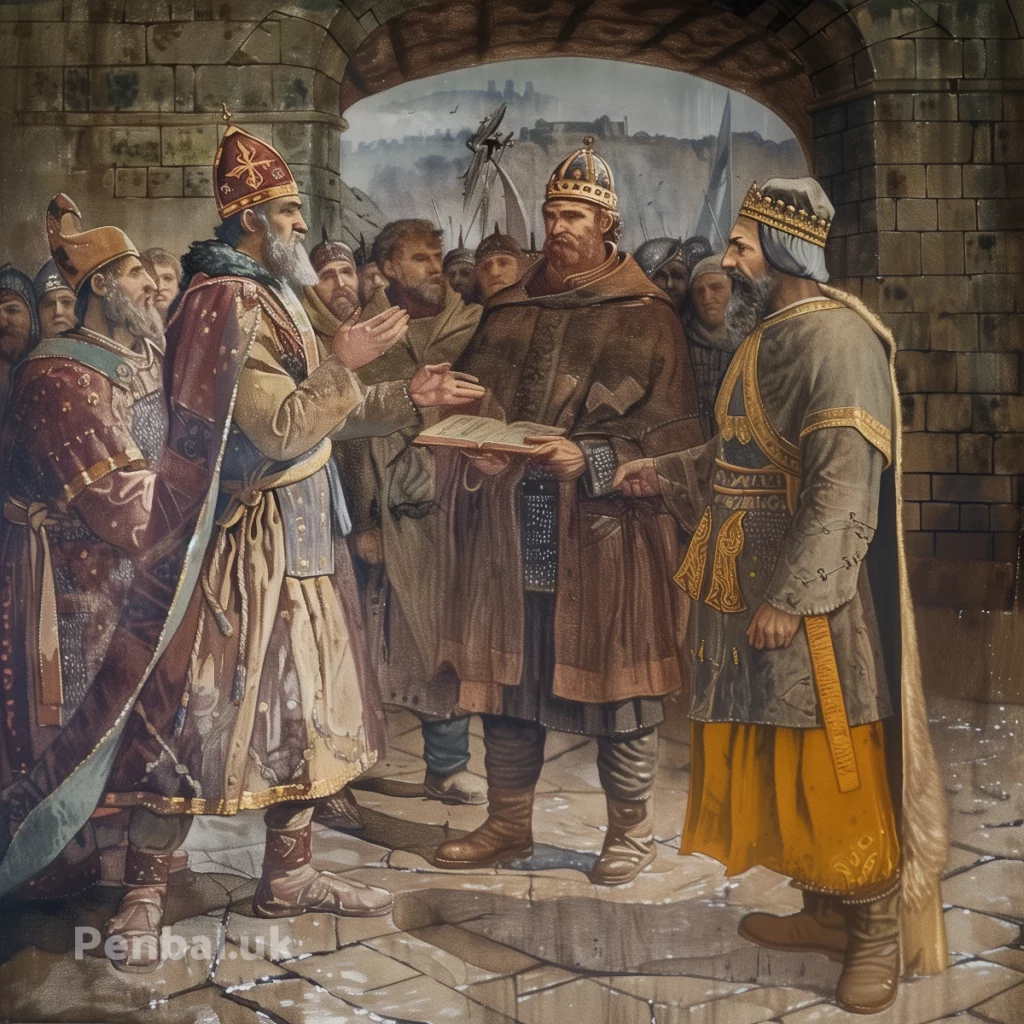
That Jarrow was the centre of learning in the Anglo-Saxon world is down to the work and vision of a man called Benedict Biscop. Biscop was originally an earl under the auspices of Oswy and lived from 628 to 690, right in the thick of the rise of Anglian Northumbria.
From his altogether five trips to Rome he amassed around 250 books which formed the basis of the renowned library at St Paul’s in Jarrow. These books were vital to civilisation itself because they could be copied and distributed throughout not just England but Europe.
Biscop was massively inspired by what he saw and learned in Rome and monasteries on the continent that he visited. Those experiences drove his entire life and work.
He was a man of wealth and means and was able to hire craftsmen from Europe to build his churches at both Jarrow and earlier at St Peter’s in Monkwearmouth in Sunderland. He had the means to bring people from Francia who had the skills to create the most impressive monastery in Britian.
It was King Ecgfrith, Oswy’s son, who granted the land for the Jarrow monastery in 685 — 50 years after Lindisfarne, as we can see from this dedication stone:
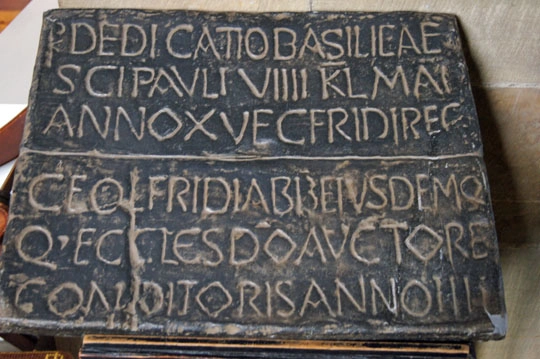
“DEDICATION TO THE BASILICA OF ST PAUL, 9 MAY IN THE 15 YEAR OF KING ECGFRITH.
ABBOT CEOLFRITH HIMSELF FOUNDED THE CHURCH UNDER GOD’S AUTHORISATION IN HIS 4 YEAR.”
Ecgfrith provided the Church with this land to perhaps to assert control over a fringe and buffer area between Deira and Bernicia. And it would have been Biscop who acquired the Roman stones that were repurposed into the foundations of the building as mentioned earlier.
9. Bede

Biscop’s most famous student was Bede, the most learned man of his age and the first English historian. Bede lived all of his life in Jarrow, which during that time would have had hundreds of monks studying there.
Bede lived from 672-735 and it’s believed that both he and Biscop came from Anglian nobility that originated in the Lindsey area and that migrated to the north with the settlement of the Bamburgh region by the Lindsey people.
In fact, we also see the name of a tribe from the Lindsey area near the Fens in south Lincolnshire and Cambridgshire, in the name ‘Jarrow’, the early name of which was Gyrwe.
In other words, this place was the colony of the Gyrwe folk from Lindsey. We see this happening throughout early Anglian Northumbria, in places such as Fenwick between Bamburgh at Lindisfarne, but also in places such as Billingham in Teeside and Spalding Moor in North Yorkshire. These oldest areas of Anglian Northumbria seemed to have been settled by migrants from the confines of Lindsey, hungry for new territory to move into. We also see a mirroring of this Anglian colonisation in Mercia too.
